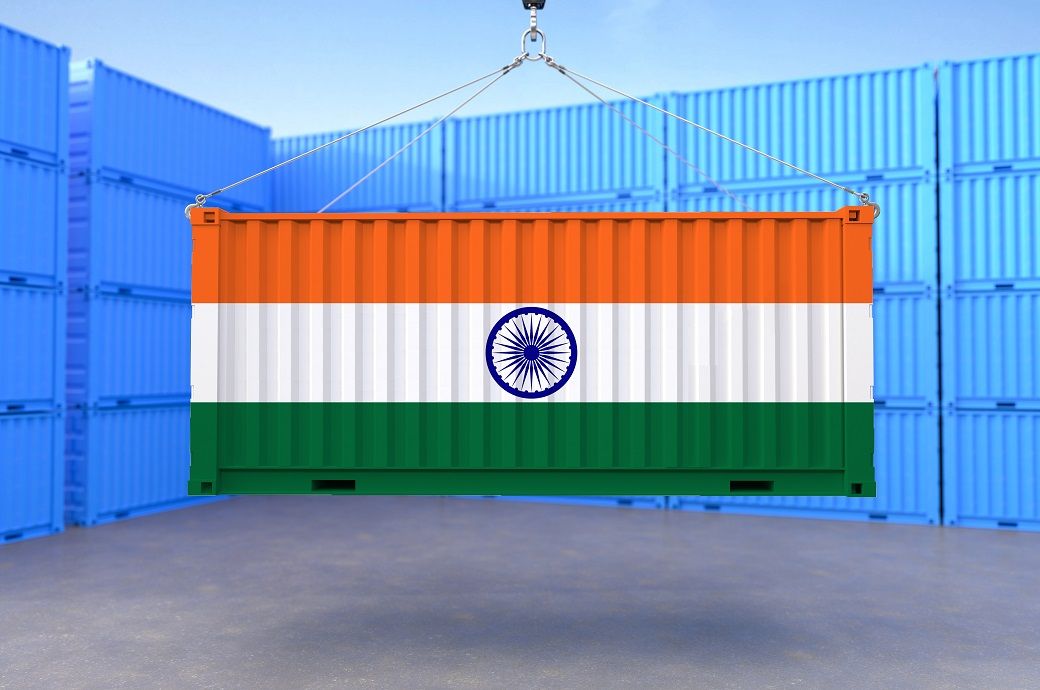
Reciprocal tariff is an additional ad valorem duty on all imports from all trading partners over and above the regular import duty. Currently, the US levies import duties ranging from 7 per cent to 16.5 per cent on various garment categories under specific HSN codes. Regular import duty varies for different countries.
Once the reciprocal tariffs come into effect from April 9, 2025, total duty is likely to be lower for several Indian textile and apparel products compared to other Asian competitors.
According to the announcement made by President Trump, US will charge an additional tariff of 26 per cent on imports from Indian goods. In comparison, the duty will be charged at 49 per cent for Cambodia, 46 per cent for Vietnam, 44 per cent for Sri Lanka, 37 per cent for Bangladesh, 34 per cent for China, 32 per cent for Indonesia, 30 per cent for Pakistan, 20 per cent for European Union, and 10 per cent for Türkiye. So, Indian goods will face lower tariffs compared to other nations, except for few countries/regions like the European Union and Türkiye.
Mithileshwar Thakur, Secretary General AEPC told Fibre2Fashion, “Despite the steep hike of tariff for India, it prima facie seems to be a case of advantage India for the apparel sector, with our major competing countries like China, Bangladesh, Vietnam, Cambodia, and Sri Lanka having been slapped higher reciprocal tariffs by US.”
“The current Trump Tariff, however, offers tariff- based edge to Brazil, Türkiye and other apparel exporting EU countries like Italy, Germany and Spain. But, given the intrinsic strength of Indian apparel sector in terms of presence of the entire value chain and the impressive range of its offerings, my initial assessment is that it will work out in India’s favour eventually and we should gear ourselves to encash this opportunity.”
Sanjay K Jain, Chairman ICC National Textiles Committee and Managing Director, TT Ltd told F2F, “It, of course, looks negative for the entire world, and the US buying will slow down in short term, as they eat upon their pipeline inventories in anticipation of relief as countries renegotiate tariffs with the US. But ultimately US will have to buy apparel. As far as India is concerned, it will be a preferred destination for textiles & clothing sourcing as Indian supplies will be relatively cheaper except for the European Union. There is less possibility that US will be able to setup capacity for textiles and clothing manufacturing due to higher labour cost there.”
Source: TexPro
Fibre2Fashion News Desk (KUL)